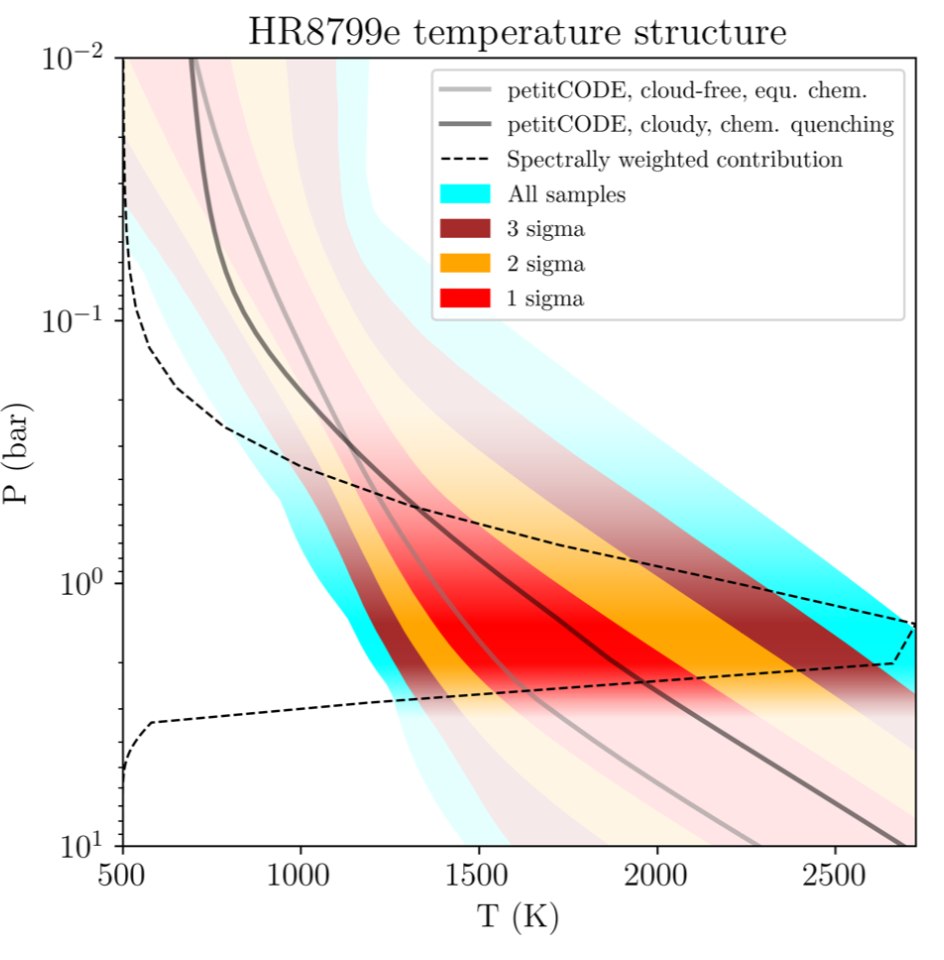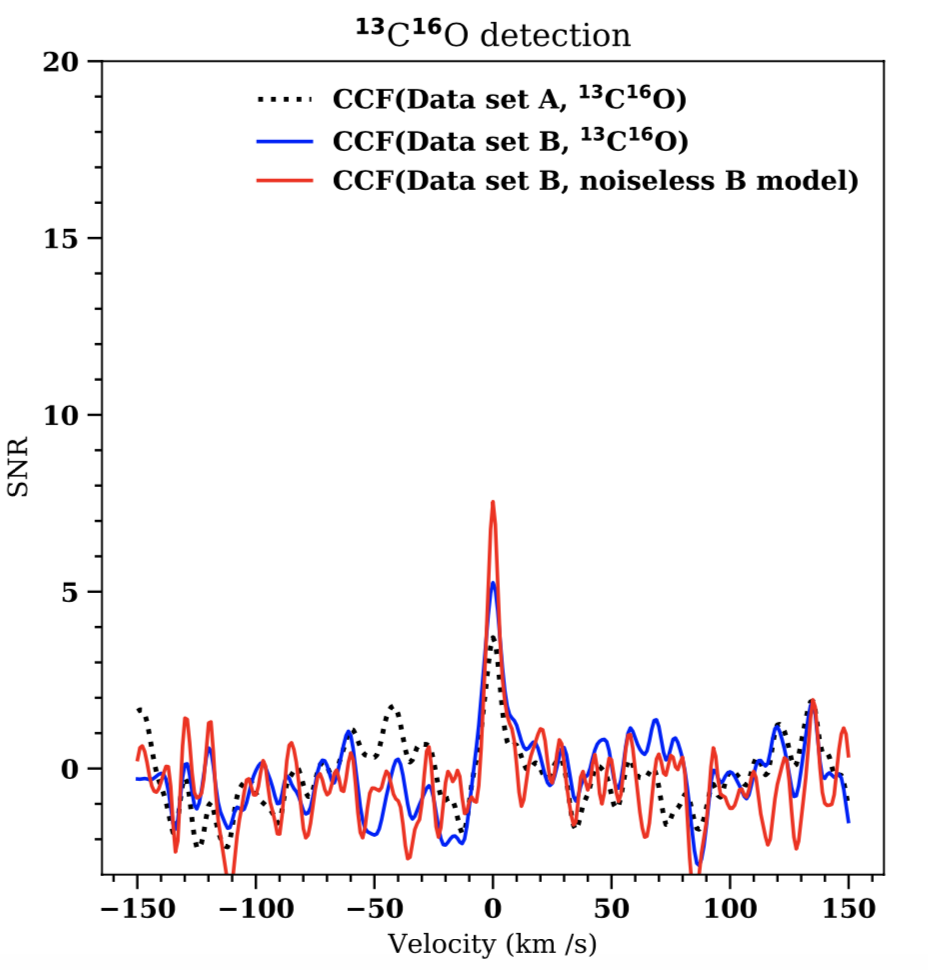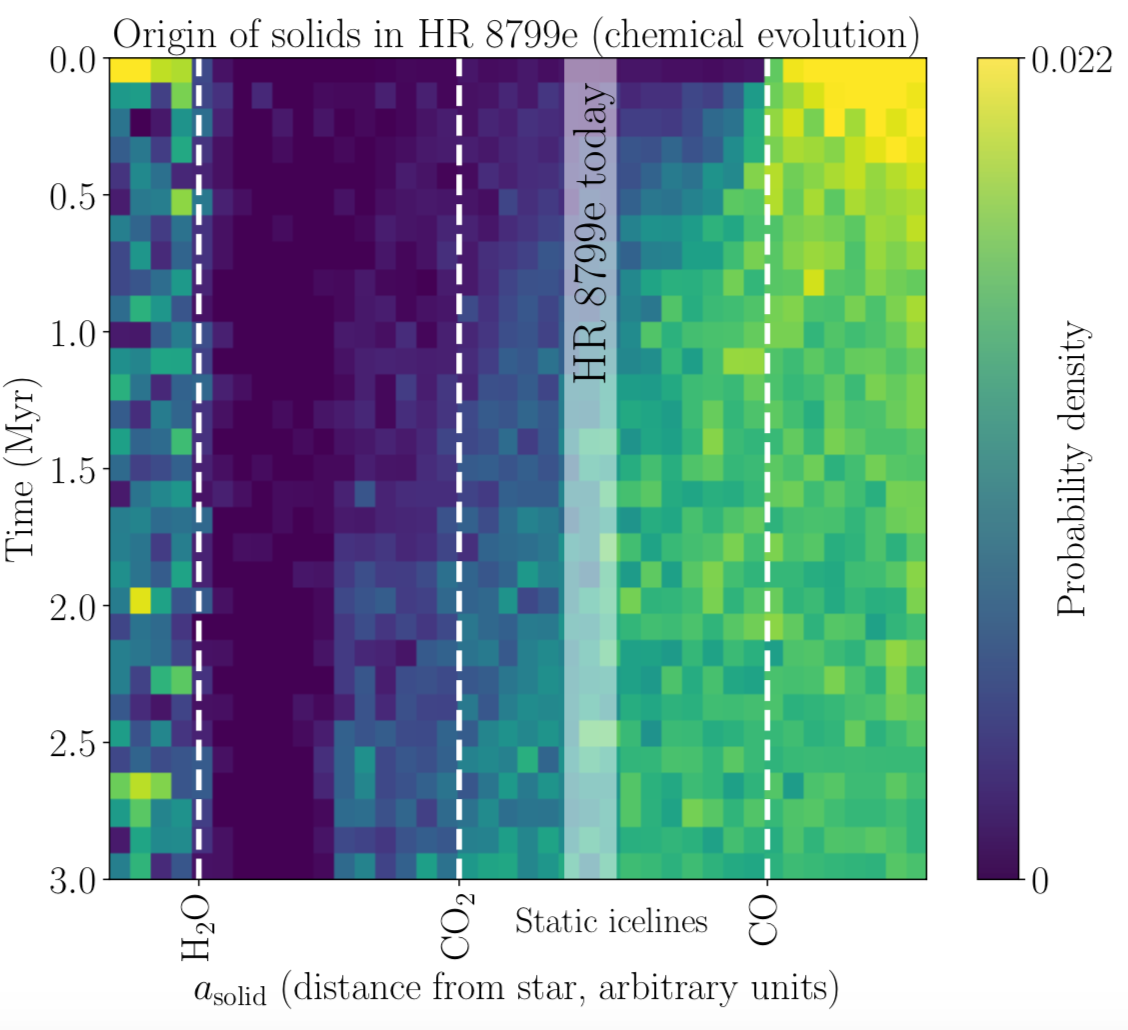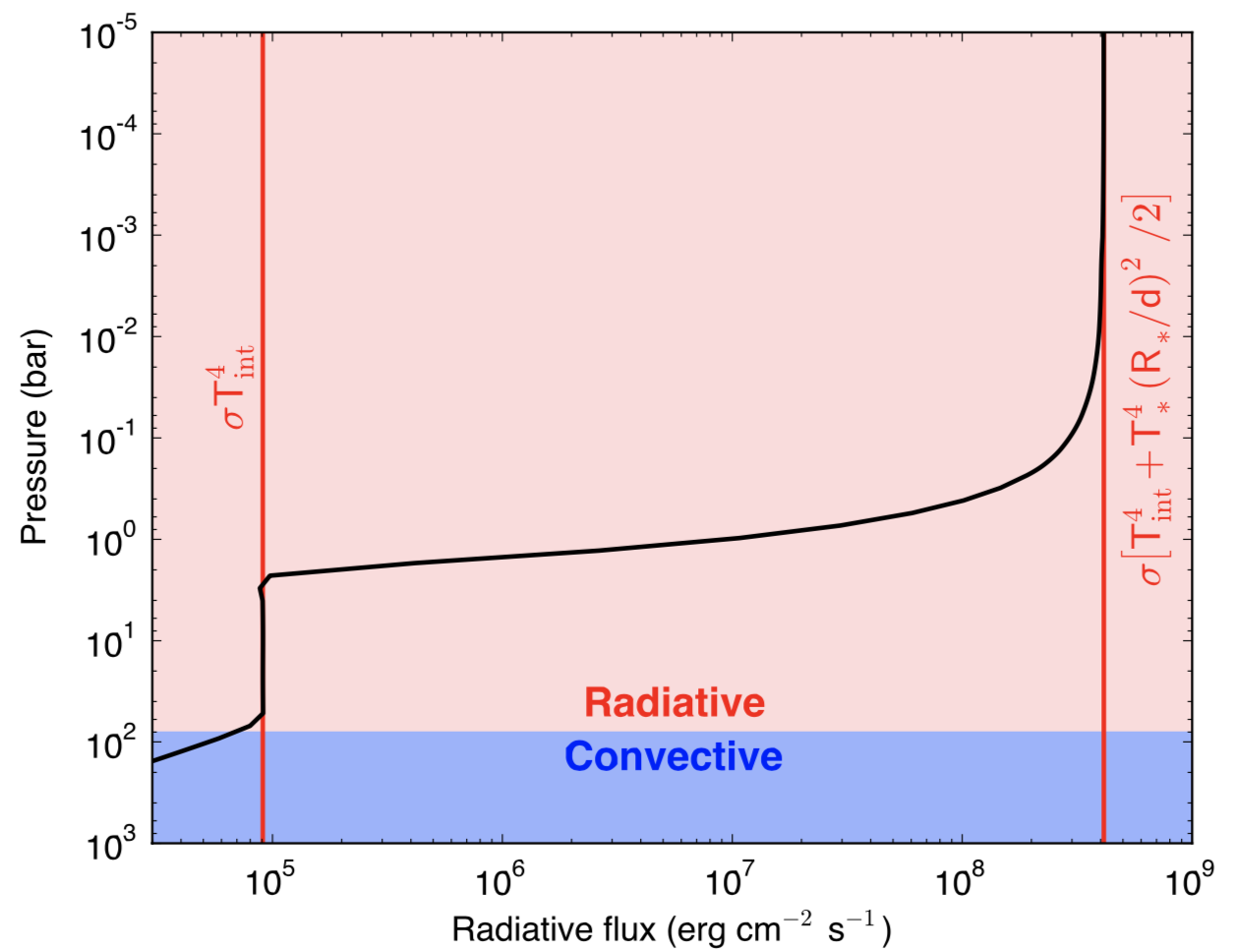research
The atmospheres of gas giant planets are shaped by clouds and dynamically evolving weather systems. Jupiter in our solar system is the best example for this. In our group we want to know what the clouds of these planets consist of, how they cover their home planet, and how they evolve. Relatedly, we are also interested in the multi-dimensional atmospheric structure of these giants planets, and how circulation may mix chemical species through their atmosphere. This is also because obtaining a robust atmospheric composition is key for constraining planet formation, which may leave characteristic compositional fingerprints. We live in very exciting times, because with JWST and ground-based high-resolution spectroscopy the community has received awesome tools to address such questions.
Our “atmospheric modeling and retrieval” group thus focuses on models that uncover the atmospheric structure of giant planets. For this we compare our predictions of atmospheric spectra to observations of the world’s most sensitive telescopes. Some aspects of our previous and ongoing work is listed below.




